May 28, 2025 | 08:35 GMT +7
May 28, 2025 | 08:35 GMT +7
Hotline: 0913.378.918
May 28, 2025 | 08:35 GMT +7
Hotline: 0913.378.918
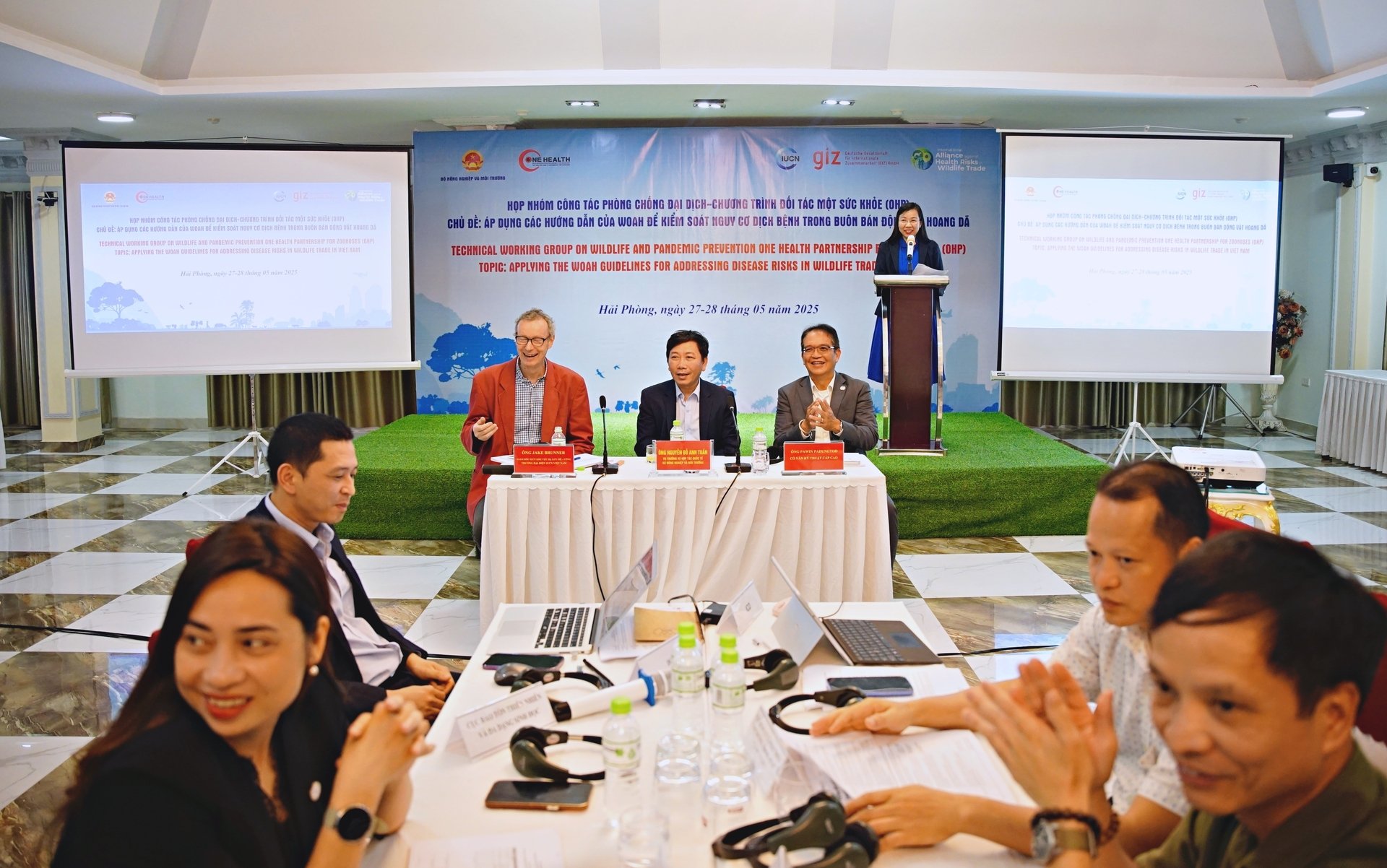
Representatives from IUCN, the Department of International Cooperation (Ministry of Agriculture and Environment), and FAO Vietnam co-chaired the meeting. Photo: Linh Linh.
On May 27–28, the Pandemic Prevention Working Group under the One Health Partnership Framework (OHP) held a workshop on disease risk management in wildlife trade, attended by multiple domestic agencies and international partners.
The meeting focused on applying the World Organisation for Animal Health (WOAH) practical guidelines to Vietnam’s disease risk management system.
Dr. Nguyen Do Anh Tuan, General Director of the International Cooperation Department (Ministry of Agriculture and Environment), the coordinating body for the One Health Partnership Framework in Vietnam, emphasized the urgent need to tightly control contact points within the wildlife trade chain, as most zoonotic diseases emerge from these interactions.
Vietnam, with its rich biodiversity, is a hotspot for wildlife trade activities and consequently faces significant disease emergence risks if timely assessment and intervention measures are not implemented.
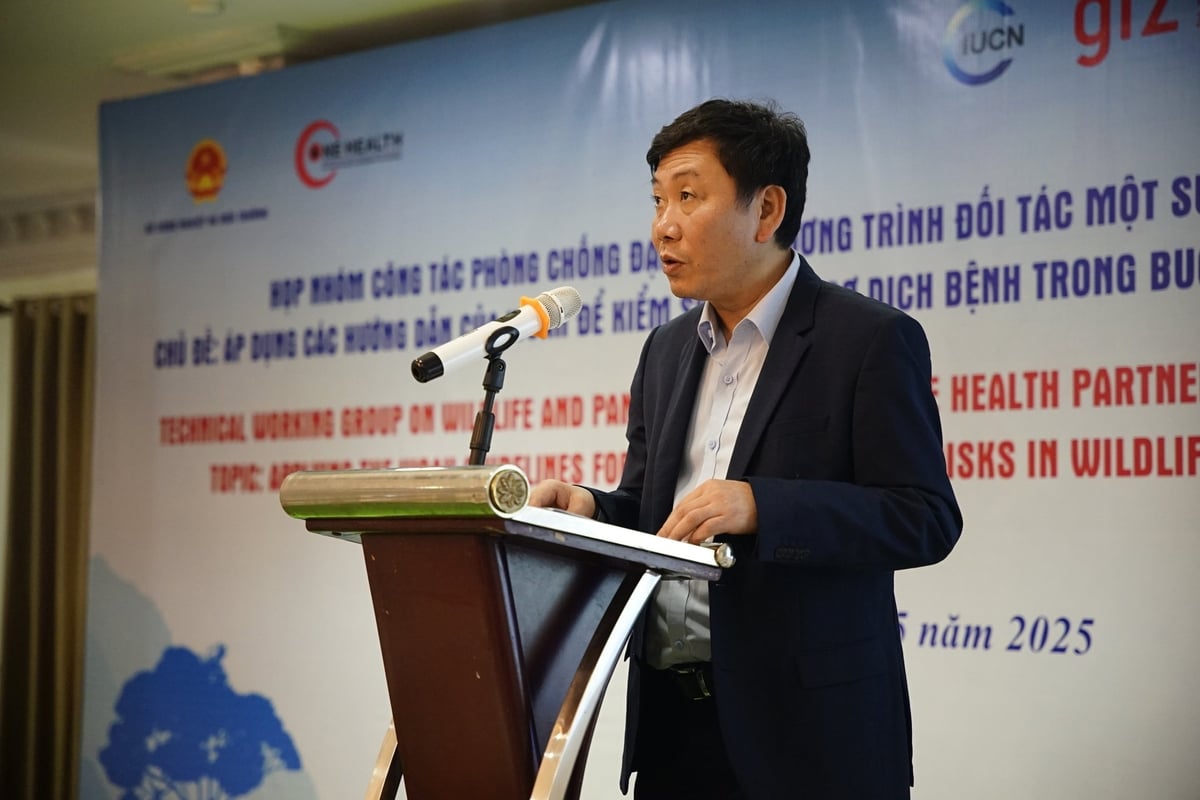
Dr. Nguyen Do Anh Tuan, Director General of the Department of International Cooperation (Ministry of Agriculture and Environment), speaks at the meeting. Photo: Linh Linh.
According to representatives from the Ministry of Agriculture and Environment, the WOAH guidelines provide a comprehensive risk analysis framework, encompassing hazard identification, exposure assessment, risk characterization, risk management, and risk communication. This tool is crucial for analyzing risks throughout the entire chain, from extraction, transportation, and consumption to handling confiscated wildlife. Priority actions should focus on hotspots, such as live animal markets, transit points, and facilities with poor hygiene standards.
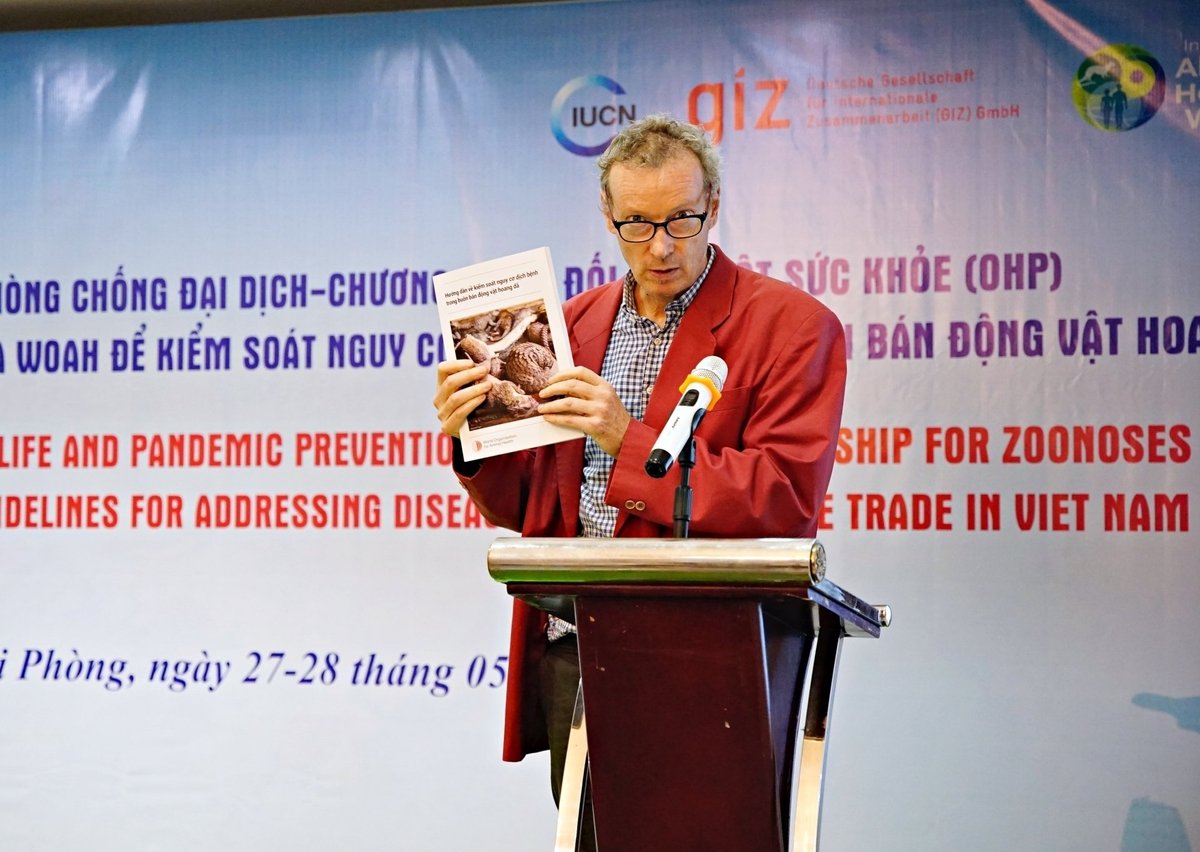
Jake Brunner, Head of the International Union for Conservation of Nature (IUCN) Lower Mekong Subregion, presents guidelines for disease risk management in wildlife trade. Photo: Linh Linh.
Jake Brunner, Head of the International Union for Conservation of Nature (IUCN) Lower Mekong Subregion, emphasized the purpose of the workshop as a demonstration of how guidelines published by the WOAH can effectively support comprehensive risk assessments. WOAH, an intergovernmental organization based in Paris, has developed a detailed wildlife health framework as part of its global mandate to enhance animal health.
He noted that several WOAH-affiliated animal health specialists had joined the event in Hai Phong, and expressed that the structured, systematic process provided by WOAH would help identify priority actions for zoonotic disease risk reduction. Brunner particularly highlighted the complexity arising when animals confiscated from the illegal wildlife trade are mixed with those from farms and other captive facilities, stressing the importance of addressing both legal and illegal trade since zoonotic pathogens make no distinction based on legality.
The workshop specifically concentrated on assessing disease transmission risks across the entire wildlife trade supply chain,from wildlife capture in forests, through transportation, confiscation, and transfer to rescue centers, rehabilitation, and potentially eventual release back into the wild.
According to IUCN, each of these stages represents critical points of contact between humans and animals experiencing stress or illness, underscoring clear zoonotic disease risks. Ultimately, he expressed the expectation that the outcomes of this workshop would directly inform and enhance the One Health Partnership’s new five-year masterplan, with the Wildlife and Pandemic Prevention Technical Working Group taking the lead in implementing targeted activities.
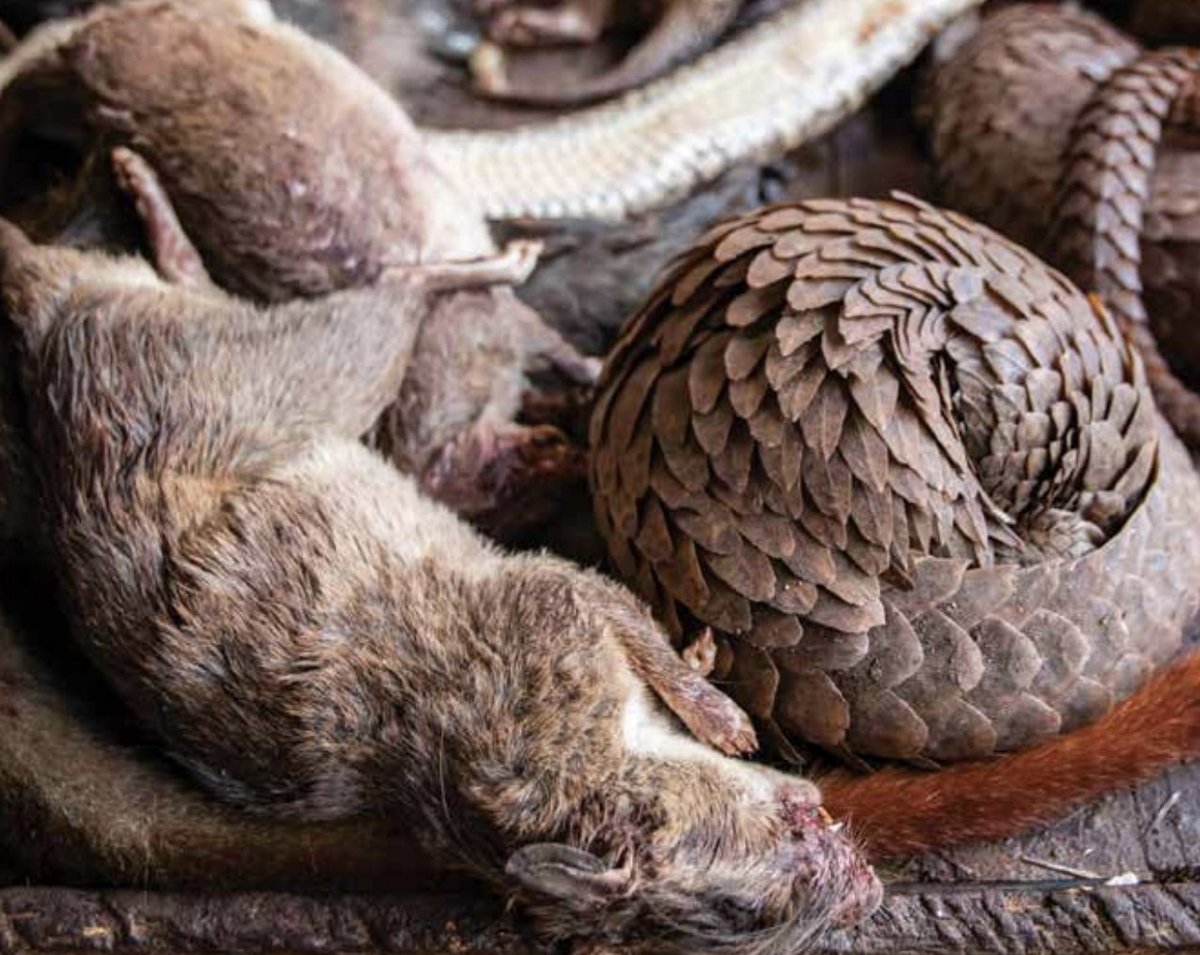
Inter-sectoral coordination among agriculture, environment, health, police, customs, and local authorities was identified as crucial to effectively control the wildlife trade supply chain. Photo: WOAH.
The working group recommended priority actions, including rapid amendments to existing regulations, updating biosecurity standards for captive breeding and slaughtering, and strengthening law enforcement in hotspots such as Nghe An, Dong Nai, and Quang Ninh provinces. Additionally, they called for international technical and financial support to pilot risk management models on the ground.
Through robust discussions, stakeholders aim to establish a practical risk management plan encompassing early warning systems, disease surveillance, and frontline training for quarantine, CDC personnel, and local veterinarians. Effective inter-sectoral collaboration between agriculture, environment, health, police, customs, and local authorities was reaffirmed as key to managing the wildlife trade and preventing zoonotic diseases.
At the meeting, Mr. Nguyen Manh Hiep, IUCN National Coordinator for Biodiversity, introduced the Nature for Health (N4H) project. This global initiative, founded by eight leading environmental and health organizations, aims to promote disease prevention through the One Health approach. With the mission of "preventing pandemics early," N4H seeks to build effective interdisciplinary interventions that link public health protection with nature conservation and address threats from climate change and ecological degradation.
Translated by Linh Linh
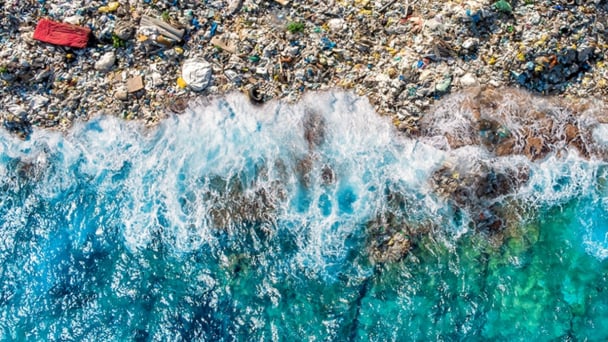
(VAN) World Environment Day 2025 is launched by the United Nations Environment Programme (UNEP) with the theme 'Beat Plastic Pollution'.
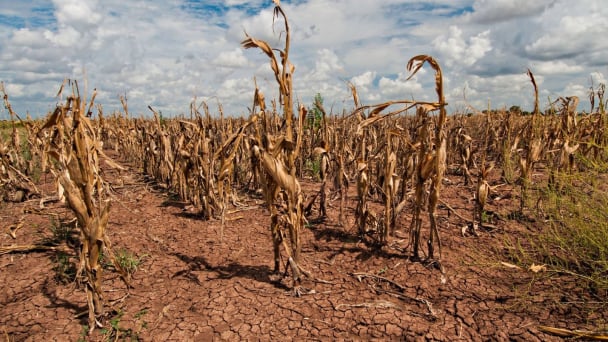
(VAN) As climate whiplash reshapes yields, experts say data-driven tools and targeted relief are critical to feed America.
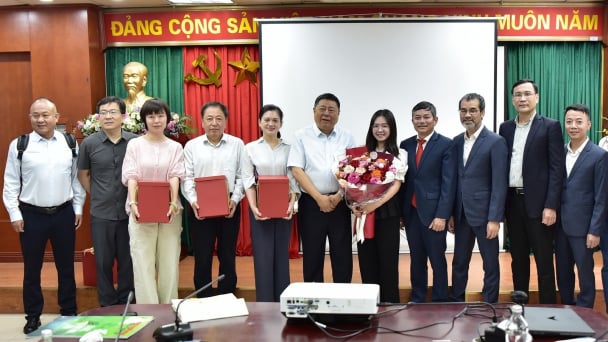
(VAN) The alignment in goals and operational direction between the Vietnam Agriculture and Nature Newspaper and Shaanxi Daily opens up promising prospects for journalism and media cooperation.
/2025/05/26/3422-3-102748_432.jpg)
(VAN) Prime Minister Pham Minh Chinh has been honored as the Distinguished ASEAN Leader at the ASEAN Leadership and Partnership Forum (ALPF) 2025 held in Malaysia, affirming Vietnam’s role and reputation.
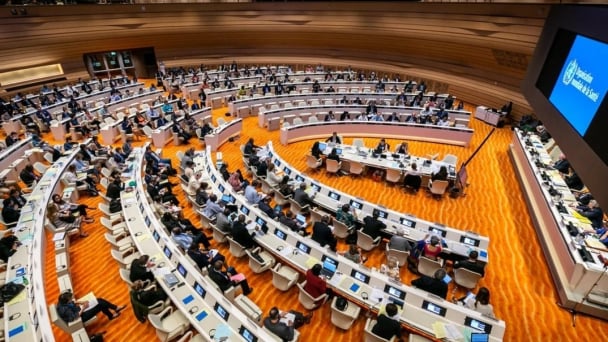
(VAN) At WHA78, with health placed at the heart of the global climate storm, Viet Nam enters a new commitment to protect communities from increasingly severe risks.
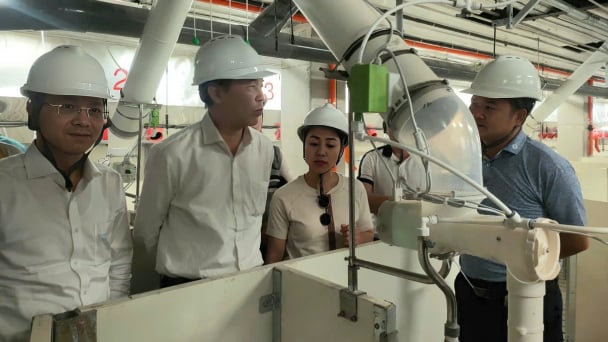
(VAN) Despite investment costs being 1.5 to 1.8 times higher than conventional methods, multi-story pig farming demonstrates outstanding effectiveness, increasing land-use efficiency by 4 to 10 times.